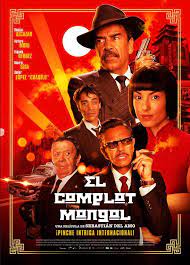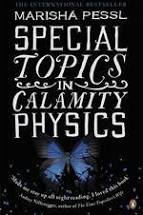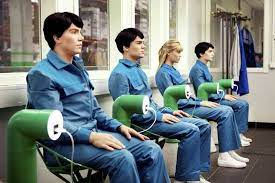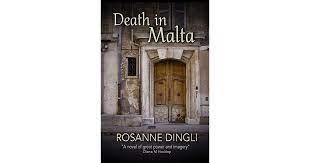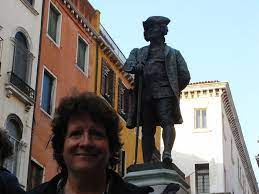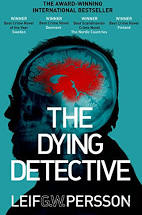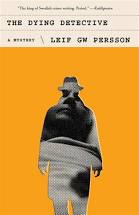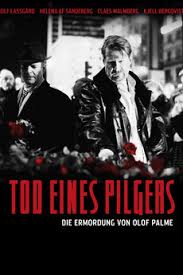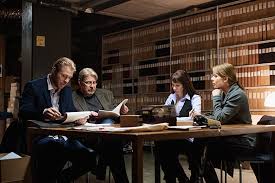Aloys (2016)
IMDb meta-data is runtime of 1hour and 31 minutes, rated 6.4 by 1,853 cinematizens.
Genre: PI.
Verdict: Enticing.
Set in contemporary Switzerland with nary a cowbell in sight, the depressed, dreary, downcast, and dull Aloys goes about his business of spying on people. Jealous wives hire him to videotape their husbands’ suspicious activities. Worried parents put him onto adolescents who may be using drugs. Insurance companies wanted evidence of deceits about disabilities. Deans want dirt to lighten the payroll. (Well, they do.) The work sounds more interesting than it is.

Aloys is robotic, though Robby had more personality than does he. His only friend, his father, just died, and he is now even more lonely, but, no, he does not vicariously live on his subjects. Indeed, he is strictly professional in his all his dealings. He is all but silent as he mopes around the tower residences where many of his subjects live, and where he himself lives when he is not riding buses through the Alpine mists.
He does catalogue and review his vast collection of surveillance tapes, and that seems to be his only pastime when not out filming more. He doesn’t enjoy it or do it for pleasure, but he does it obsessively, because there is nothing else to do. This is not a man looking for human contact, quite the reverse. In an elevator car at his residential tower Aloys pretends not to be there, or shrinks in on himself, when someone else enters.
This ordered, monotone world is interrupted with a suicide attempt by one of his neighbours, and then begins a game of telephone tag with a woman who is neither client nor subject.
It doesn’t sound like much but it works.

The actors are so ordinary, the set is so drab, the weather is so miserable that almost anything would be a relief. Yet in a way it is uplifting and positive by the end. I came across it by chance on SBS On-Demand when I was looking for, but not finding, Real Humans Season 2. Films from Switzerland are scarce and I had just read a solid krimi set there so I was primed, and I liked the enigmatic summary, so I took a look.
I found the four commercial breaks annoying, and they put me off further viewing on SBS On-Demand for a while.



